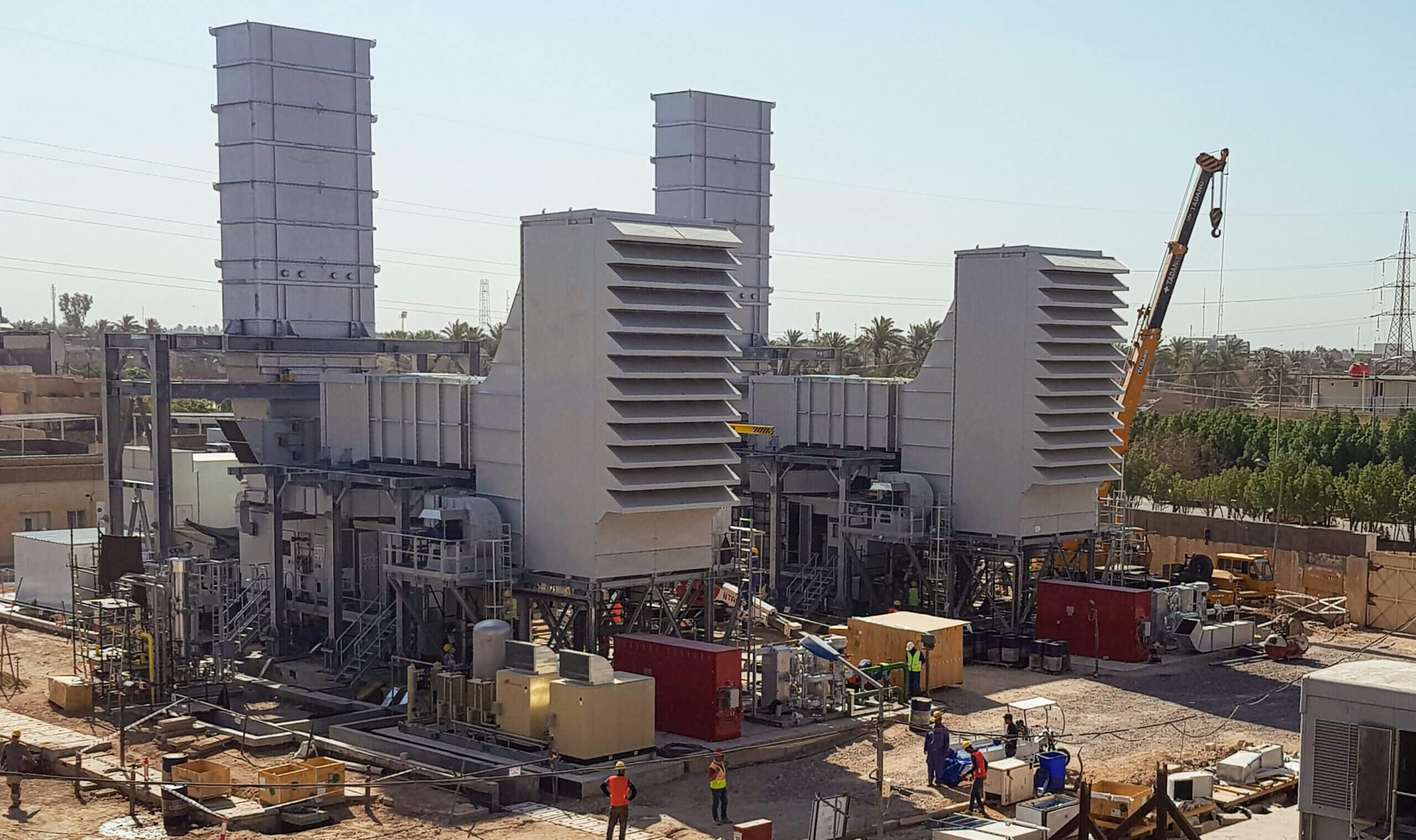I-Beams in the Philippines: Delivery, Handling, and Storage Guide
I-beams in the Philippines are important components of contemporary infrastructure, offering support and structural strength for a variety of construction projects. Their reliable performance makes them a popular choice for engineers and contractors across the country. When working with I-beams, it’s important to understand how delivery, handling, and storage practices can affect the quality and lifespan of the materials. Efficient transport and careful handling of I-beams help prevent damage and delays. Proper storage techniques further ensure that I-beams maintain their integrity before and during construction. Long-term structural performance and project safety are both enhanced by knowledge of I-beam best practices.
What Are I-Beams?
Key Features of I-Beams
I-beams are named for their distinctive “I” shape, which consists of two horizontal flanges connected by a vertical web. This design provides a high strength-to-weight ratio, making I-beams highly efficient for supporting heavy loads. The flanges resist bending, while the web resists shear forces, allowing the beam to maintain its shape under stress. They are typically manufactured from structural steel and come in various sizes to accommodate different engineering requirements.
Common Uses in Construction Projects
I-beams are frequently used in both residential and commercial construction projects across the Philippines. They serve as the primary support elements in floors, ceilings, and roofing frameworks. Infrastructure developments such as bridges, overpasses, and industrial warehouses also rely on I-beams for structural integrity. Their versatility and strength make them a standard choice in load-bearing applications, especially where long spans and minimal support columns are desired.
Why Quality Matters
The performance and safety of any structure heavily depend on the quality of its components. Substandard I-beams can compromise the stability of a building or bridge, resulting in expensive repairs or even catastrophic failure. Using beams that meet local and international standards ensures that they can handle the required loads and environmental conditions. Quality also affects weldability, corrosion resistance, and the beam’s ability to maintain its shape over time, which are all critical for long-term performance.
Delivery of I-Beams in the Philippines
Factors to Consider Before Delivery
Before transporting I-beams to a construction site, it is crucial to assess factors such as site accessibility, road conditions, and required permits. The weight and size of I-beams necessitate proper route planning to avoid logistical issues like traffic congestion or weight restrictions on bridges. Coordinating with local authorities for necessary clearances ensures timely and compliant deliveries. Accurate delivery scheduling also helps reduce downtime and prevents unnecessary exposure of beams to environmental elements.
Transporting I-Beams Safely
Safe transportation requires the use of heavy-duty trucks equipped with secure tie-down mechanisms to prevent movement during transit. Beams should be loaded in a balanced manner and supported with padding to prevent damage to edges and surfaces. Drivers must be trained to handle oversized loads, and vehicles must comply with safety regulations regarding height, width, and weight. Escort vehicles may be needed for especially large deliveries to ensure road safety.
Reducing Risk During Transport
Risk reduction strategies include inspecting beams before loading, using anti-slip materials between layers, and securing beams with ratchet straps or chains. Protective covers can shield the steel from rain or road debris during transit. Regular monitoring throughout the journey allows early detection of any shifting or damage. Proper documentation and communication between the supplier, transporter, and project site team contribute to a smoother and safer delivery process.
Proper Handling of I-Beams
Safety Guidelines for On-Site Handling
Handling I-beams on-site requires strict adherence to safety protocols to avoid accidents and material damage. Workers must wear appropriate personal protective equipment (PPE) such as gloves, helmets, and steel-toed boots. Beams should never be lifted manually due to their weight; mechanical lifting devices such as cranes or forklifts must be used. A clear communication plan between operators and ground personnel ensures coordinated movement and reduces the risk of collisions or drops.
Equipment Needed for Lifting and Moving
Cranes, forklifts, and beam trolleys are important for moving I-beams safely on-site. Each piece of equipment must be rated for the beam’s weight and operated by certified personnel. Spreader bars and lifting clamps help distribute the load evenly, preventing bending or deformation. Slings should be made of durable materials such as nylon or wire rope and checked regularly for wear and tear. Using the right equipment minimizes the risk of injury and structural damage.
Preventing Damage During Unloading
To prevent damage during unloading, ensure that the landing area is stable and free of debris. Beams should be lowered slowly and steadily using cranes or forklifts, with guides on the ground providing direction. Avoid dragging beams along rough surfaces, which can cause scratches or gouges that compromise structural integrity. Padding or wooden blocks can be placed at contact points to absorb impact and prevent surface defects.
Storage Best Practices for I-Beams
Storage Location
I-beams should be stored on level ground that is capable of supporting their weight without shifting. The storage area must be easily accessible to lifting equipment and away from high-traffic zones to reduce the risk of accidental contact. Proper drainage is important to prevent water accumulation, which can accelerate corrosion. When possible, store beams indoors or under cover to shield them from harsh weather conditions.
Protecting I-Beams from Corrosion and Damage
Exposure to moisture and contaminants can lead to rust and deterioration of steel beams. Applying protective coatings or covering them with waterproof tarpaulins helps mitigate this risk. Ensure there is sufficient airflow around stored beams to reduce condensation buildup. Avoid stacking beams directly on the ground by using wooden pallets or steel supports. Regular inspections for signs of corrosion or damage enable timely maintenance and preservation.
Long-Term vs. Short-Term Storage Tips
For short-term storage, focus on easy accessibility and minimal handling to reduce the chance of damage. Beams can be stacked in organized rows, separated by spacers to allow forklift access. Long-term storage requires additional protective measures, such as rust inhibitors and environmental controls like dehumidifiers if stored indoors. Labeling each beam with size and project designation improves inventory management and retrieval efficiency.
Avoid These Common Mistakes.
Poor Handling Techniques
Improper lifting, dragging beams on abrasive surfaces, or using worn-out slings can cause physical damage and compromise the material’s integrity. Mishandling can lead to bending, cracking, or weakening of the steel structure, increasing the risk of failure during use. Training personnel on proper handling methods and consistently enforcing safety protocols helps reduce these risks and ensures long-term reliability.
Inadequate Weather Protection
Leaving I-beams exposed to rain, humidity, or extreme sunlight accelerates corrosion and reduces structural lifespan. Covering beams with high-quality waterproof materials and storing them under a roof or tarp significantly mitigates environmental damage. Monitoring weather forecasts and preparing ahead of time can prevent last-minute exposure and costly deterioration of materials.
Unsafe Stacking Practices
Stacking I-beams without adequate spacing, support, or balance can result in tipping, shifting, or collapse. Each layer should be aligned properly, with spacers or dunnage placed between beams to maintain stability. Overloading a stack beyond the ground or support system’s capacity can lead to structural failure. Implementing clear stacking guidelines and regular checks helps maintain safety and organization.
Key Takeaway
Effective delivery, handling, and storage of I-beams in the Philippines are important for ensuring structural performance, worker safety, and project efficiency. Every stage—from transport to on-site placement—requires attention to detail, proper equipment, and strict adherence to safety standards. Preventing damage, corrosion, and operational delays begins with careful planning and continues with consistent execution. Construction teams can maintain the quality of their materials and accomplish long-term success in their structural projects by adhering to industry best practices.






